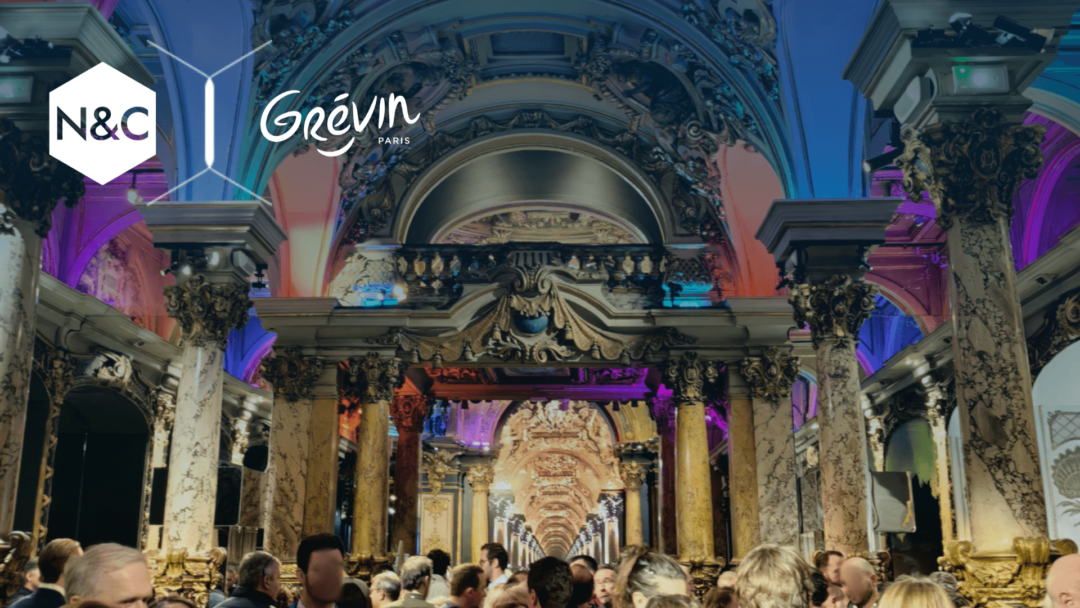Raising or lowering train prices? Faced with the ping pong match between the various players, Romain Charié, co-founder and spokesman for our company N&C, was interviewed several times by Marie-Hélène POINGT of Ville, Rail & Transports, and by M6 to appear on 12.45 and give his consumer advice.
On television, on social networks and in magazines, the rise in rail fares has been the subject of debate for some days now.
According to INSEE, between April 2021 and April 2022, SNCF would have increased its prices by 14%. The rail company denies this, and has even lowered prices by 7%. Romain Charié, co-founder of N&C and an expert in Revenue Management, answered journalists’ questions to find out more.

So how do you explain this difference in results if the data is the same?
Rail prices: different ways of collecting data
INSEE is undoubtedly using the best possible method. Simulate more than 250 different journeys per day on different lead times, to get a representative sample.
However, there are two problems here: the first is in the data collection itself. INSEE bases its data on prices still to be sold, not prices sold, unlike the SNCF.
One of the examples given by Romain Charié is very telling: if a ticket was offered at €4,000 but never sold, INSEE would take it into account because it was offered for sale, but since it will certainly never be bought, the SNCF will not count it.
An analysis based on an incorrect comparison
The second problem lies in the analysis of this data. While INSEE compares its results to N-1, SNCF has chosen to compare them to 2019. This makes more sense, since we were in the middle of the COVID-19 roll-out in 2021, while 2022 is similar to 2019 in terms of activity.
SNCF is pursuing exactly the same bottom-up pricing strategy as last year. However, this year, all the low prices were sold and higher prices were observed. This was not possible last year, as not all low prices were sold.
The « price survey » practice used by INSEE is relevant in a simple pricing context. To take a current example, this method could be used to monitor changes in the price of diesel. A representative sample of service stations would be sampled and their prices recorded every day. The results could then be averaged and extrapolated.
The method and the results would then be valid, given that the price recorded is the price paid by customers, whether young or old, 4×4 or moped driver, company director or unemployed…
What about our case?
With the SNCF and the world of Revenue Management, things are very different: you have typological prices (young people, students, senior citizens, etc.) and card holders (frequent traveller card, advantage card, large family card, etc.). In the end, the price displayed in the price list does not correspond to the price actually paid by the customer.
SNCF could increase its prices and at the same time, as part of a more comprehensive pricing policy, offer more discounts than in the past to redress the balance, resulting in lower average ticket prices.
Finally, the ticket mix is also a major consideration. With more or fewer Prem’s, TGV Pro, first or second class tickets, the ticket mix can be very different from one year to the next, and this will have its share of impact on the price studied.
Whatever the case, it is clearly necessary for SNCF to pursue its Yield Management policy. Having prices differentiated by journey/time allows the least attractive times to become attractive again thanks to much lower prices.
All of this is a question of balance!
And remember that to get cheaper tickets, you need to book as early as possible.

Keywords: Rail prices, INSEE, SNCF, increase, Revenue Management, Yield Management, prices policy


